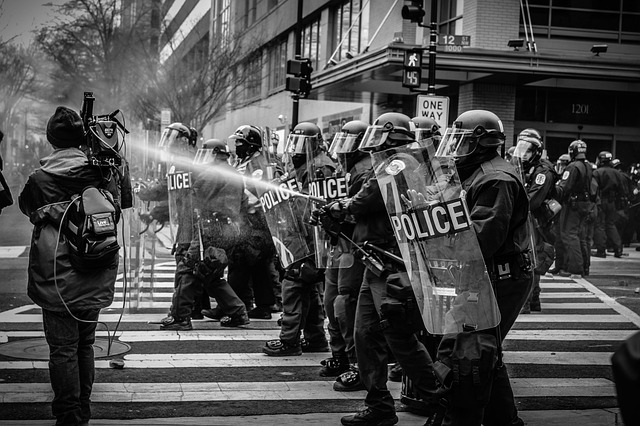Tactical flashlights for law enforcement are indispensable tools that have become critical components in modern policing strategies. These devices are engineered to be durable, reliable, and efficient, providing high-intensity light that is essential for a range of tasks from building searches to suspect identification. They disorient potential threats, serve as a signaling tool, and illuminate vital information in low-light environments. The latest advancements, particularly the integration of LED technology, have significantly enhanced their performance, offering brighter lights with longer battery life and less heat generation than older models. These flashlights are compact and ergonomically designed to withstand harsh conditions, including shock, impact, and water exposure, while also featuring innovative settings like strobe functions for incapacitating threats or signaling for communication. They are tailored to meet the specific needs of law enforcement personnel, ensuring safety and operational effectiveness in diverse environments and situations. Training in their use is essential, as mastery over the various light modes and filters can greatly aid officers in maintaining situational awareness and visibility during critical incidents.
When moments count, law enforcement professionals rely on tactical flashlights for illumination and situational awareness. This article delves into the critical role of compact lights within the field, emphasizing their indispensable nature during quick-response operations. We’ll explore essential features to look for in tactical flashlights for law enforcement, from brightness levels suitable for various environments to advancements in LED technology that have revolutionized these tools. Additionally, we’ll discuss the importance of durability and design tailored to withstand the rigors of fieldwork. Prepare to gain insights into beam distance, focusing capabilities, and best practices for employing tactical flashlights effectively, ensuring officers are prepared for high-stakes situations.
- Understanding the Role of Compact Lights in Law Enforcement Operations
- Features to Consider When Selecting Tactical Flashlights for Law Enforcement
- The Importance of Brightness and Light Output in Various Environments
- Advancements in LED Technology and Their Impact on Tactical Flashlights
- Durability and Design: Building Tactical Flashlights to Withstand the Demands of Fieldwork
- Understanding Beam Distance, Focusing Capabilities, and Applications in Law Enforcement
- Best Practices for Using Tactical Flashlights During High-Stakes Situations
Understanding the Role of Compact Lights in Law Enforcement Operations
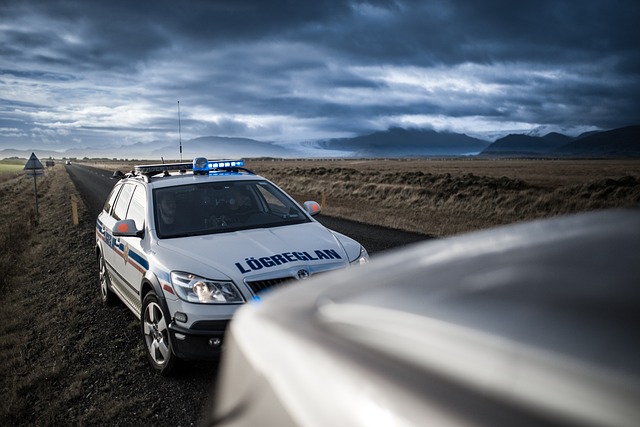
Compact lights, particularly tactical flashlights for law enforcement, play a pivotal role in modern operational strategies. These lights are designed to be durable, reliable, and highly efficient, providing illumination where and when it’s needed most. Officers rely on these tools for various tasks ranging from conducting building searches to identifying suspects during apprehension. The beam intensity and focused light of tactical flashlights enable law enforcement personnel to temporarily blind a threat, signal fellow officers, or read critical information in low-light conditions. Moreover, the compact size of these flashlights ensures they can be easily carried and accessed without impeding the officer’s primary duties. In the context of law enforcement operations, tactical flashlights are not just a piece of equipment; they are an integral component that enhances situational awareness, safety, and effectiveness in the field. The ability to quickly respond with adequate lighting is crucial for handling dynamic situations, making the selection of high-quality tactical flashlights a strategic imperative for agencies worldwide.
Features to Consider When Selecting Tactical Flashlights for Law Enforcement
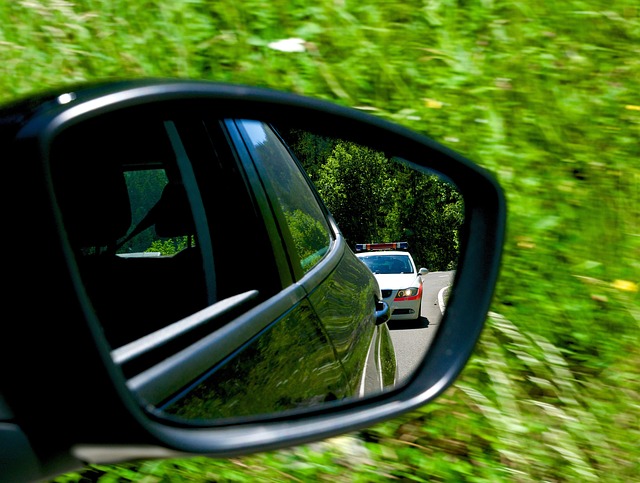
The Importance of Brightness and Light Output in Various Environments
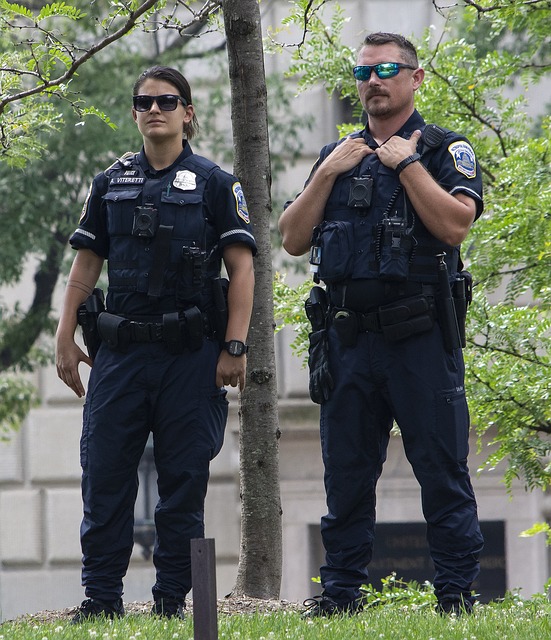
Advancements in LED Technology and Their Impact on Tactical Flashlights
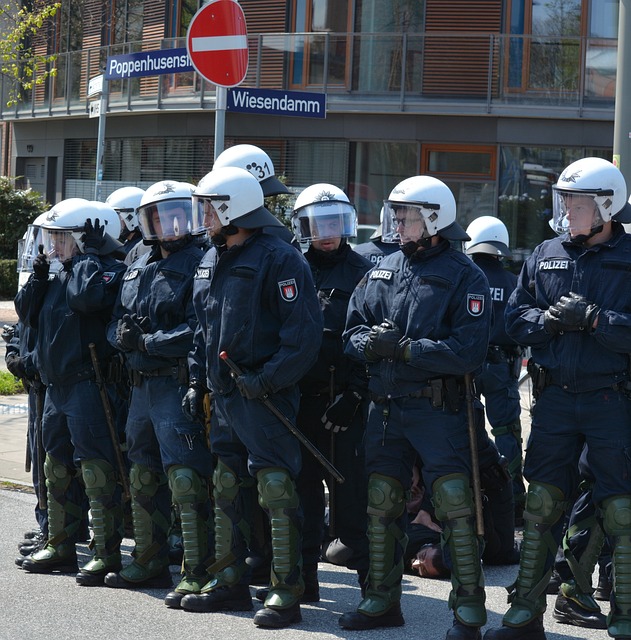
Advancements in LED technology have significantly enhanced the capabilities of tactical flashlights, which are indispensable tools for law enforcement personnel. The evolution from incandescent bulbs to high-intensity LEDs has led to a dramatic improvement in brightness, longevity, and efficiency. LEDs provide a focused beam that can illuminate distant objects or areas without the heat associated with traditional lighting. This not only ensures longer operational times but also allows for continuous use during prolonged operations or surveillance activities. The compact nature of these lights integrates seamlessly into various tactical configurations, offering a versatile and reliable source of light in challenging environments.
Moreover, the impact of LED technology on tactical flashlights extends to their durability and functionality. With superior shock resistance and impact tolerance, these devices can withstand the rigorous conditions faced by law enforcement officers in the field. Additionally, the development of LEDs has led to a variety of innovative features such as strobe settings for disorienting assailants or signaling capabilities, making tactical flashlights not just tools for illumination but also for self-defense and communication. The miniaturization of these components has enabled manufacturers to design flashlights that are both lighter and more powerful, enhancing the operational effectiveness of law enforcement professionals during critical incidents.
Durability and Design: Building Tactical Flashlights to Withstand the Demands of Fieldwork
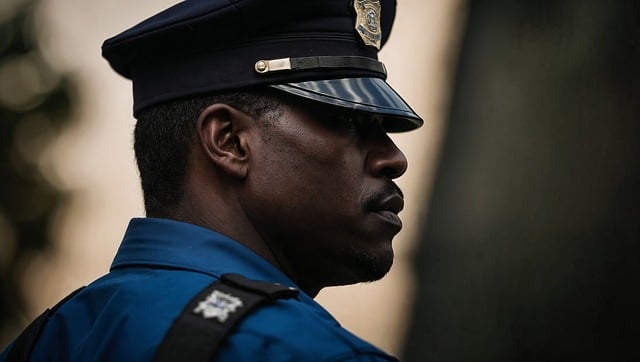
When it comes to equipping law enforcement with reliable tools for fieldwork, the design and durability of tactical flashlights are paramount. These critical devices are engineered to operate under the most demanding conditions, ensuring that officers have a steady beam when they need it most. The construction of these flashlights incorporates high-strength materials such as aircraft-grade aluminum, which not only minimizes weight but also maximizes structural integrity and resistance to shock and impact. The hard-anodized finish on these flashlights provides a grip that remains secure even when hands are wet or covered in grime, a feature that is invaluable during late-night operations or adverse weather conditions.
The ergonomic design of tactical flashlights for law enforcement is tailored to withstand the rigors of daily use without compromising performance. Features like anti-roll mechanisms and impact-resistant lenses ensure the device stays operational even when dropped or subjected to rough handling. Water resistance allows these flashlights to be used effectively in a variety of environments, from urban settings to more challenging terrains. The user interface is intuitive, enabling swift activation and brightness adjustment, which is crucial for signaling or illuminating areas during critical incidents. These tactical flashlights are built not just to survive the field but to excel in it, providing law enforcement with a tool that is as reliable as it is advanced.
Understanding Beam Distance, Focusing Capabilities, and Applications in Law Enforcement

Best Practices for Using Tactical Flashlights During High-Stakes Situations
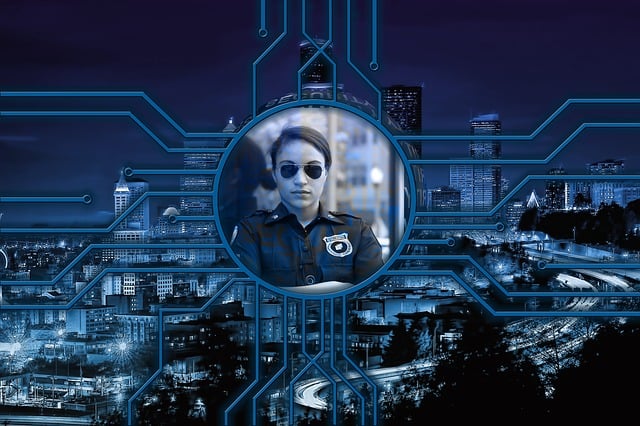
When law enforcement officers are called upon to navigate high-stakes situations, having a reliable tactical flashlight is not just beneficial—it’s critical. Tactical Flashlights for Law Enforcement serve as versatile tools that can illuminate dark environments, signal team members, and disorient potential threats. To effectively utilize these devices during critical operations, officers should adhere to several best practices. Firstly, it’s crucial to select a flashlight with high lumens output, as this will ensure the brightest possible light for various conditions. Secondly, understanding the different modes—such as strobe, SOS, and steady beam—can be decisive in disorienting an assailant or signaling for help.
Officers must also familiarize themselves with the handling of their tactical flashlights under pressure. This includes operating the switch with both hands and feet if necessary, a skill that should be drilled during training scenarios. Additionally, officers should practice controlling the beam direction to avoid blinding themselves or inadvertently signaling an adversary. The use of filters, such as red or blue lenses, can further enhance situational awareness by preserving night vision while providing visual cues for communication with team members. In essence, tactical flashlights are indispensable tools for law enforcement; their effective use is predicated on preparation, practice, and understanding the capabilities these devices offer during critical, high-stakes situations.
In conclusion, tactical flashlights have become indispensable tools for law enforcement professionals. Their compact design and advanced features ensure that officers can navigate complex environments with clarity and precision, enhancing both safety and situational awareness. The evolution of LED technology has significantly improved the brightness and efficiency of these devices, making them a reliable companion during night operations or in low-light conditions. Durability and thoughtful design are paramount, as these flashlights must endure the rigors of fieldwork without failing. Understanding the technical aspects such as beam distance, focusing capabilities, and the role of brightness in various scenarios is crucial for optimizing their use during critical situations. By carefully considering these factors when selecting a tactical flashlight, law enforcement officers can be confident in their choice, knowing they have a versatile and robust tool at their disposal.
